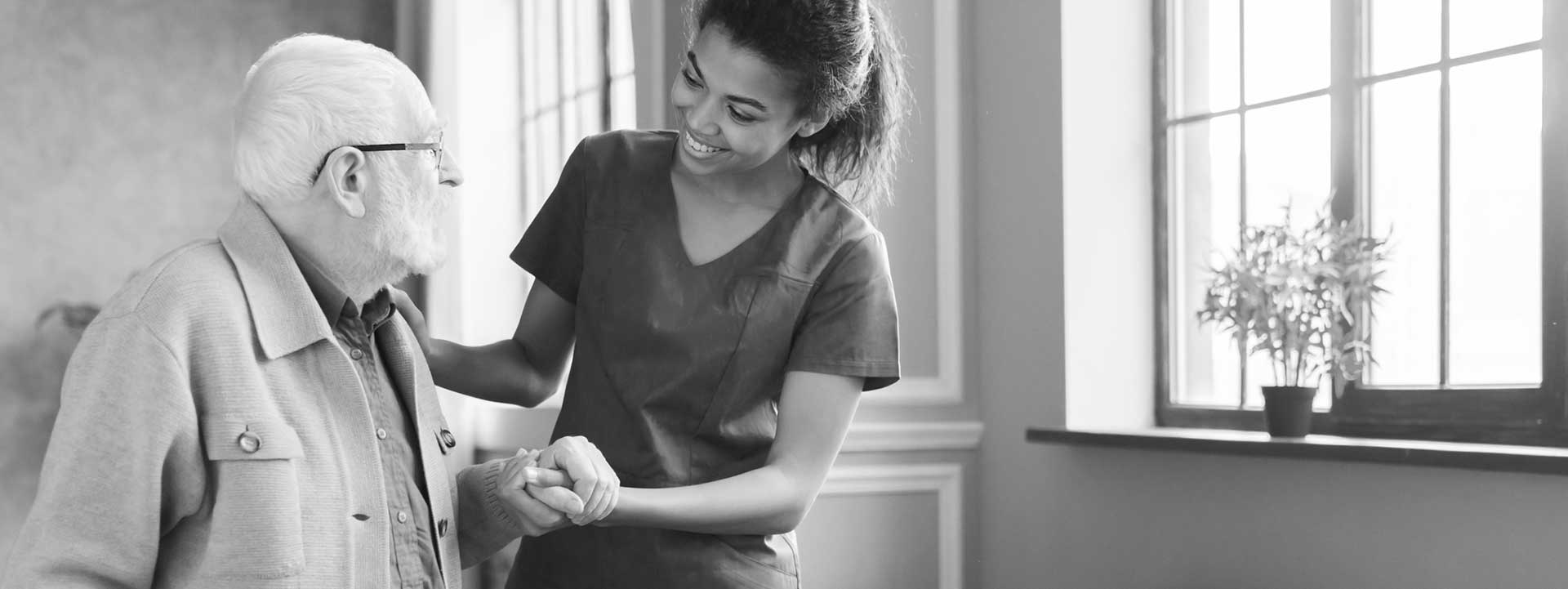Fighting Back Against Osteoporosis in Aging

Your bones are a living, growing part of your body. Over time, cells break down and are replaced by new cells to repair and rebuild bone structure. This is a continuous process. However, as you age, you may slowly lose more bone mass than your body creates, a condition known as osteoporosis. As a result, your bones may become weaker, less dense, and at greater risk for fracture.
Osteoporosis is a condition that is more prevalent among older adults due to changes in their body, health, and lifestyle. It also tends to affect more women than men. Some risk factors for the condition include:
- Genetics
- Poor diet
- Decreased estrogen and testosterone production
- Physical inactivity
- Certain diseases and medications
Your doctor can monitor your bone health by conducting a bone density scan or other tests. This can help you manage your risk and be proactive in protecting your bones. Here are a few ways you can help reduce your risk of osteoporosis and maintain stronger, healthier bones:
Well-Balanced Diet
Calcium and vitamin D play an integral role in building strong bones. Make it a point to incorporate dark, leafy green vegetables into your diet such as kale, spinach, and broccoli as well as fish like salmon or sardines. Milk is a good source of calcium, but so are other low-fat dairy options such as yogurt and cheese. There are also cereals and juices that are fortified with calcium and vitamin D.
Vitamin D is important because it helps your body to absorb calcium. While you can get it through fortified foods, sunlight is a natural source of vitamin D. Spending time outdoors in the sun each day can stimulate your body to produce this essential vitamin and boost your health.
Physical Activity
Exercise is also a key part of reducing risk of osteoporosis. Engage in a combination of both cardiovascular and strength training exercises to optimal results. This could include things such as power walking, hiking, stair climbing, aerobics, dancing, weight machines, free weights, yoga, or Pilates. Find something that works for your health, ability, and interests.
Working on activities that promote balance and coordination can be beneficial as well, as this can reduce your risk of falls which could result in fractured bones. Yoga and Tai Chi can be a good place to start. Talk with your doctor as well about what exercises may be right for you.
Medications
Know the potential risks and side effects of your medications. Certain drugs can contribute to bone loss such as corticosteroids or may interfere with your coordination and increase fall risk. Conditions such as kidney disease, liver disease, or celiac disease may also affect bone health. There are also medications and supplements that your doctor may prescribe to help combat osteoporosis and support bone strength.
Maintain a Healthy Lifestyle
As you age, maintaining a healthy lifestyle that includes a well-balanced diet, regular physical activity, and effective management of any medical conditions is essential. An in-home caregiver can help with meal planning and preparation, provide medication reminders, and work with you to stay involved with activities you enjoy. They can also help reduce risk of falls and support mobility.
Contact Always Best Care at 844-307-2273 to learn more about the benefits and advantages of in-home care and schedule a care consultation.





